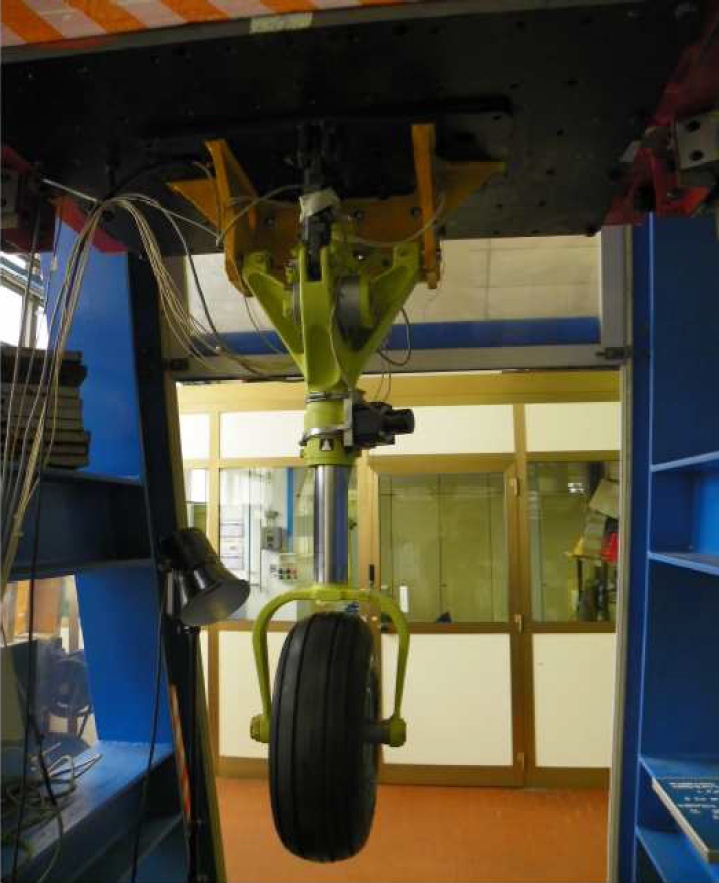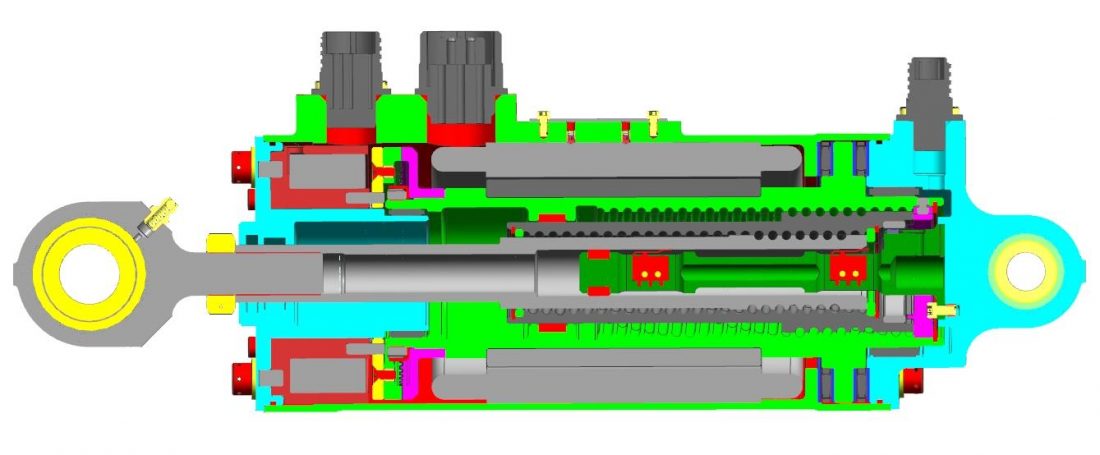 The development of a more electrical aircraft is a technological transition applied or envisioned for almost all the systems in the aircrafts and helicopters. The aero-equipment industry has in particular launched several studies and developments for more extensive electrical actuation with Electro Hydrostatic Actuators (EHA) and started to introduce EMAs (electromechanical actuators) for auxiliary equipment. This has provided incremental approaches to address hydraulic circuit issues with Power-by-Wire technologies (A320, B777 and Falcon 7X), introduction of the 2-hydraulic/2-electric (2H/2E) power distribution architecture, where flight controls are powered in backup mode by EHAs using a local hydraulic reservoir (A380, A350XWB) and use of EMAs for specific systems (spoilers, brakes and engine starters). Also thank to several research programs, EMA systems are now viewed as the best candidate for the aircraft of the future (i.e. the All- Electric Aircraft). This is because they are: 1) less complex because of the absence of a hydraulic system; 2) better suited to long term storage since there is no leak potential; more energy efficient compared with hydraulic systems; easier to install and maintain (no filtration, no bleeding); less complex to control from a power-distribution and power-management perspective (power is transmitted without mass transfer).
The development of a more electrical aircraft is a technological transition applied or envisioned for almost all the systems in the aircrafts and helicopters. The aero-equipment industry has in particular launched several studies and developments for more extensive electrical actuation with Electro Hydrostatic Actuators (EHA) and started to introduce EMAs (electromechanical actuators) for auxiliary equipment. This has provided incremental approaches to address hydraulic circuit issues with Power-by-Wire technologies (A320, B777 and Falcon 7X), introduction of the 2-hydraulic/2-electric (2H/2E) power distribution architecture, where flight controls are powered in backup mode by EHAs using a local hydraulic reservoir (A380, A350XWB) and use of EMAs for specific systems (spoilers, brakes and engine starters). Also thank to several research programs, EMA systems are now viewed as the best candidate for the aircraft of the future (i.e. the All- Electric Aircraft). This is because they are: 1) less complex because of the absence of a hydraulic system; 2) better suited to long term storage since there is no leak potential; more energy efficient compared with hydraulic systems; easier to install and maintain (no filtration, no bleeding); less complex to control from a power-distribution and power-management perspective (power is transmitted without mass transfer).
In this context, the topic call addressed by this proposal is focused on the development of an electrical actuation system for extension-retraction of main and nose landing gears for future SMALL A/C and, consequently, the main objectives of the FASE-LAG Consortium are:
1. The development of electromechanical actuation system (EMAS) for landing gear application characterized by reduced spatial envelope and weight, improved reliability, increased safety margins and testability of the redundant
2. Testing the EMAS for landing gear actuation system in a dedicated test rig to verify the achievement of the targeted TRL
For achieving these targets, the solution will include key enabling innovative technologies such as:
- Optimized electromechanical actuator (EMA) fail-safe architectures, with reduced numbers of components, and incorporating new materials, processes and components
- Advanced and reliable electronics considering emerging semiconductor devices such as SiC and GaN and innovative thermal technologies with smart heat management in order to increase cooling performance and reduce power losses
- Advanced health monitoring (hardware and software)
- Highly reliable electrical machine with an intrinsic reliable architecture, high performance materials and a fault tolerant design
- Advanced control algorithms focused on efficiency optimization.


